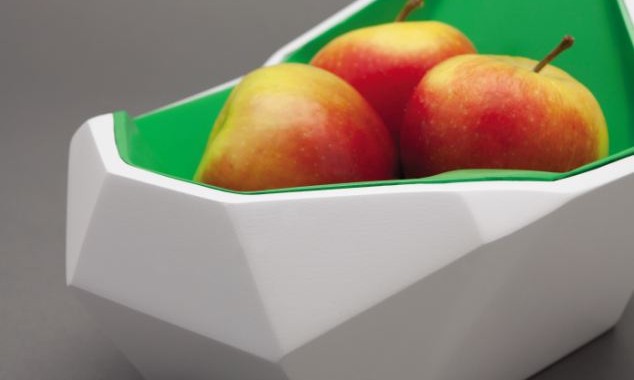
Nicole
-

Yet Another Green Product From Nest To Invest In
Chicago Handyman already told you about Nest Thermostats. Well now, here’s another great Nest product:…
-

Handyman At Home: Top 5 Ways To Go Green At Home
Going green is not only great for the future of the earth, but also homeowners’…
-

Don’t Let Fruit Go To Waste! Try Out This Mold-Detecting Fruit Bowl!
Everyone tries to get their daily fruit and veggies in. And nothing is more frustrating…
-

The Best Eco-Friendly Flooring: Cork
Hardwood floors are a staple in most home renovations nowadays. But this flooring can often…
-

Add Green Style To A BackYard With A Window Frame Greenhouse
A greenhouse can be a great addition to any blank canvas of a backyard. But…







